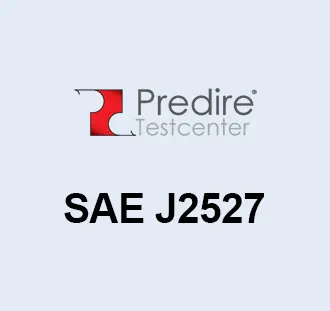IEC 60068-2-64: Environmental Testing – Part 2-64: Tests – Test Fh: Vibration, Broadband Random and Guidance
Overview and Purpose
IEC 60068-2-64 is a part of the IEC 60068 environmental testing series, focusing on the exposure of electronic and electrical equipment to broadband random vibration. This standard aims to determine the ability of components, equipment, or systems to withstand the effects of random vibrations, which can occur during transportation or as part of their operational environment. The test is designed to simulate the complex and unpredictable vibrations that equipment might encounter, ensuring that products can maintain their integrity and functionality under such conditions.
How the Test is Conducted
- Preparation: The items to be tested are mounted on a vibration table or fixture that can replicate broadband random vibrations. The mounting method should reflect the way the equipment is typically installed or used.
- Vibration Profile: The test subjects the equipment to random vibrations across a wide frequency range. The standard specifies the vibration levels (expressed in terms of acceleration spectral density) and the frequency range, which typically spans from low frequencies (around 10 Hz) to high frequencies (up to 2,000 Hz or more).
- Test Duration and Conditions: The duration of the test and specific test conditions, such as the direction of vibration and whether the equipment is operated during the test, are determined based on the equipment’s intended use and the severity of the environment it is expected to encounter.
- Monitoring and Evaluation: The performance of the equipment is monitored throughout the test. After testing, the equipment is evaluated for any signs of damage or degradation in performance. This evaluation may include visual inspections, functional tests, and measurements of key performance parameters.
Purpose of the Test
- Durability Assessment: Evaluates the equipment’s durability when subjected to random vibrations, ensuring it can withstand conditions encountered during transportation and operation.
- Design Verification: Identifies potential design weaknesses that could be exacerbated by vibration, allowing for design improvements to enhance durability and reliability.
- Quality Assurance: Forms an essential part of the quality assurance process, verifying that products meet the required standards for vibration resistance.
- Product Certification: Supports the certification process for equipment, demonstrating compliance with international standards and customer requirements.
Head Office
Privacy policy and cookies
Click here to present our privacy policy and explains how we use cookies on this website












